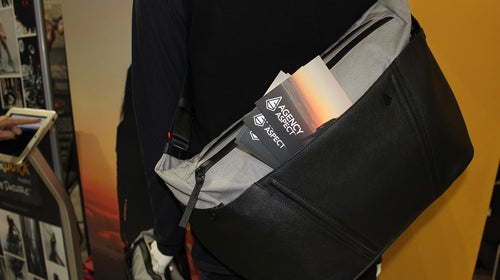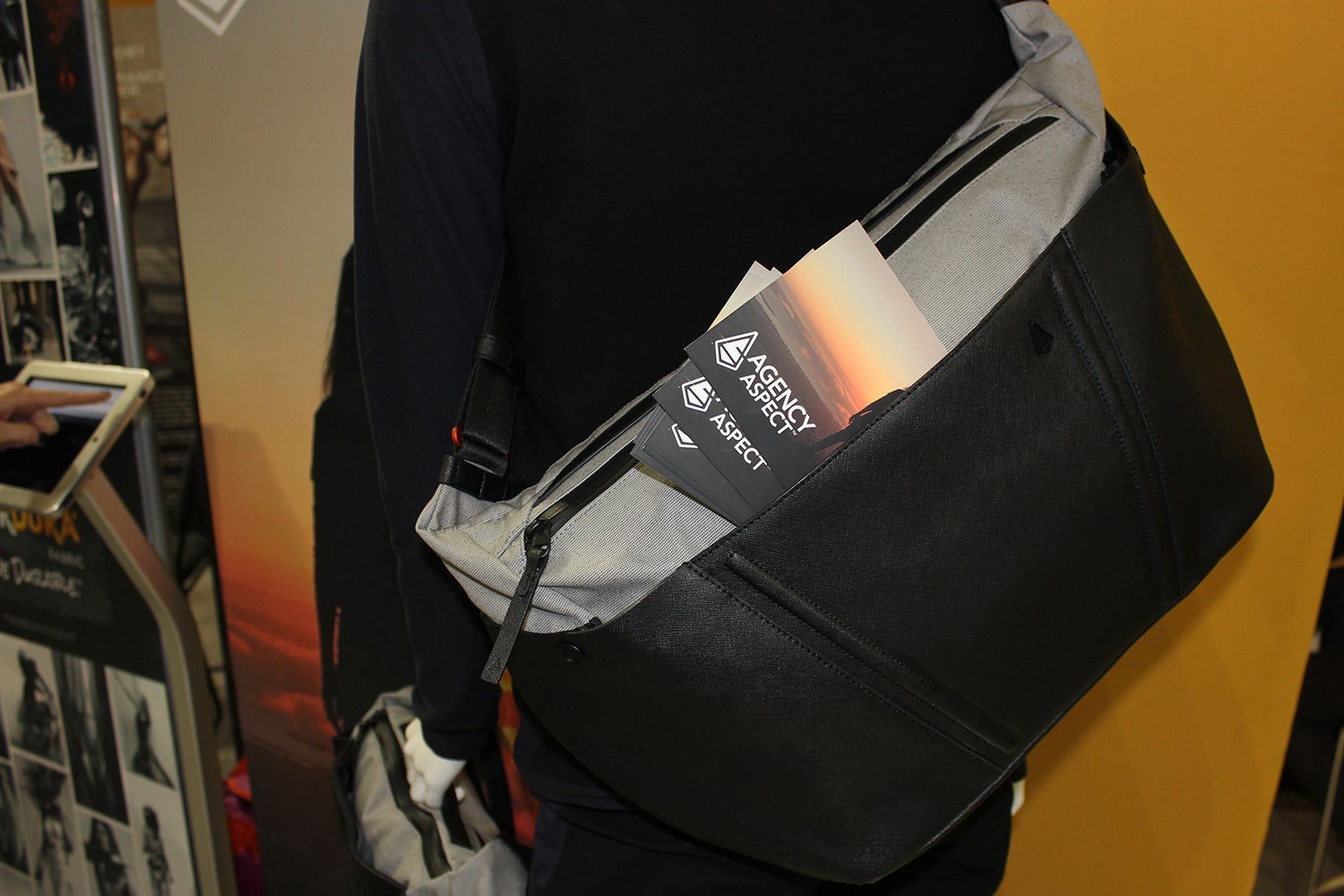We all know the outdoor industryтАЩs legacy brands: Patagonia, The North Face, ArcтАЩteryx, Black Diamond. But where are the fresh-faced newcomers destined to become titans?
First, why startups matter: тАЬInnovation and industry progression come from the group, not a handful of companies,тАЭ said Drew Simmons, founder of PR agency Pale Morning Media. тАЬEven the best company with the largest R&D budget canтАЩt match the innovation from hundreds of brands with small budgets.тАЭ Meaning startups fueled by a connection to the outdoors feed the industryтАЩs success and relevancy.
At Outdoor Retailer + Snow Show in Denver this January, we looked for startups pushing the industry forward. What do they share with legacy brands? Gear obsessions, perfected. And a tireless zeal for sharing innovation with the masses. We predict big things from these 12 nascent brands.
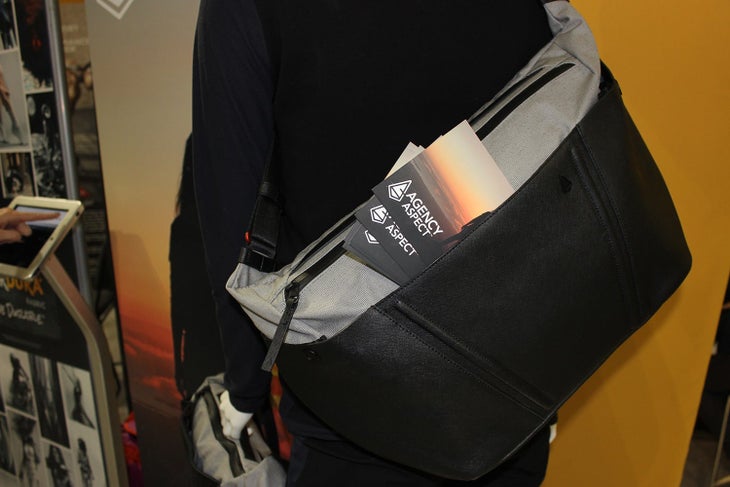
Agency Aspect / outdoor gear with a touch of luxury
YouтАЩve already seen gear designed by Michelle Rose and Liana Delucca Johnson. Before teaming up to launch Agency Aspect and create womenтАЩs bags, both women worked for The North Face. Rose helmed the team behind womenтАЩs outerwear; Johnson focused on backpacks. That experience informs Agency Aspect’s inaugural тАЬactive luxuryтАЭ bags. The Hybrid Crossbody and larger MessengerтАФfeatured in the brandтАЩs current Kickstarter campaignтАФdeploy 500D Cordura, premium leather, climbing hardware, magnet closures, water-repellant zips, and ergonomic shape for hands-free use. тАЬThe bags are a hybrid of luxury and performance,тАЭ said Rose.
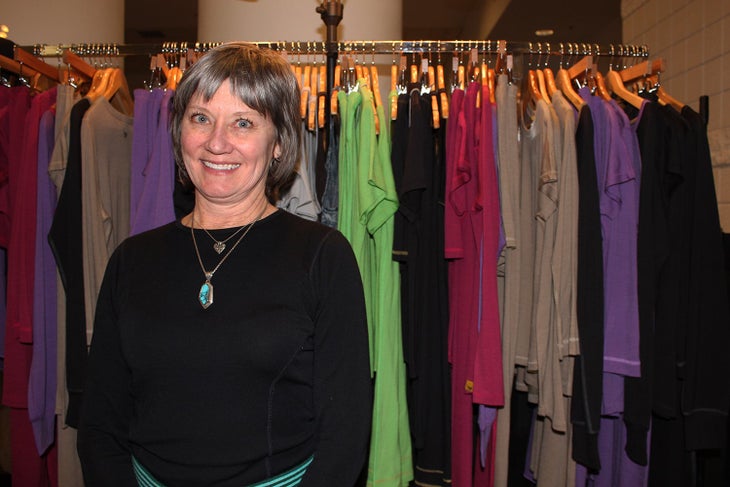
Chill Angel / merino wool PJs promise quality Zzzs
After Betsy Seabert survived breast cancer, doctors prescribed an estrogen blocker that triggered hot flashes every 20 minutes. Each night featured sweat, chills, and scant shuteye. Then Seabert turned in wearing a merino wool base layer she at home in Steamboat, Colorado. Unlike synthetic pajamas, the wool pulled moisture away from her skin and retained warmth when damp. Seabert woke up restedтАФand inspired. She launched Chill Angle merino wool sleepwear in November 2017, drawing on her career in sales with Smartwool and Point6 to source New Zealand merino thatтАЩs cut and sewn in California. The line uses 18.5micron yarn at 200 grams per square meter for a smooth, light feel against skin. тАЬThe idea is to make your sleep as comfortable as your outdoor activity,тАЭ said Seabert.
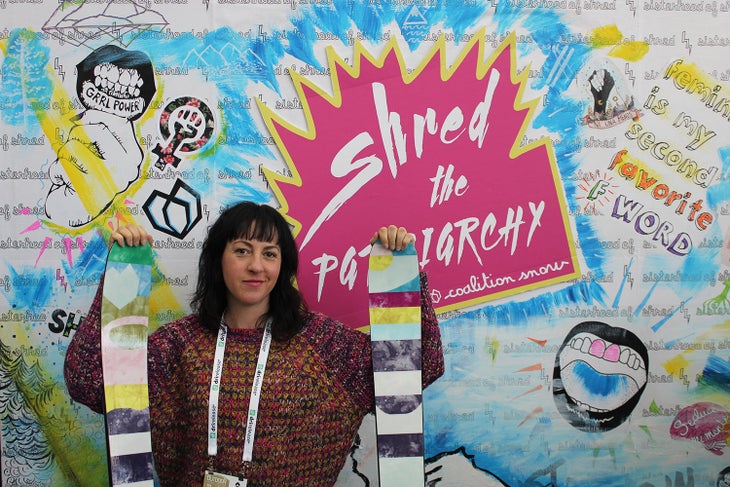
Coalition SNOW / skis for women who rip
At Coalition SnowтАЩs booth, skis and snowboards purpose-built for women display common high-performance features: wood cores, ABS sidewalls, sandwich construction, camber underfoot, tip and tail rocker. So, what sets the Reno-Tahoe brand apart? тАЬThe way we design products is the innovation,тАЭ said co-founder Jen Gureki. тАЬWe see womenтАЩs differences as a strength, not a deficit.тАЭ She and co-founder Danielle Rees learned the technical components of ski manufacturing from veteran builders and engineers. Then they built skis from 157 to 180 centimeters long, with torsional stiffness and stiff flexтАФall qualities scarce in womenтАЩs specific models. Shred the patriarchy, indeed.
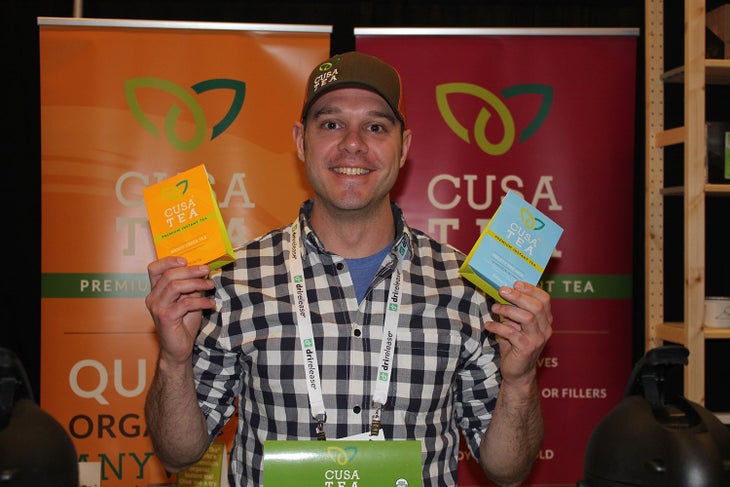
Cusa Tea / revolutionary brews
Jim Lamancusa carried tea on a 2016 backpacking tripтАФand emerged from his Colorado Rockies sojourn burdened with soggy tea bags. тАЬTea absorbs 400 percent of its weight in water,тАЭ he said. тАЬItтАЩs the only thing heavier to pack out than pack in.тАЭ Twelve months and 22 patents later, Lamancusa debuted the worldтАЩs first premium instant tea. LamancusaтАЩs method starts with a cold brew of organic tea leaves and real fruit, then uses vacuum dehydration to produce tea crystals. Empty a 1.2-gram sachet into a mug, add 14 ounces of hot or cold water, and your cuppaтАЩs ready in three seconds.
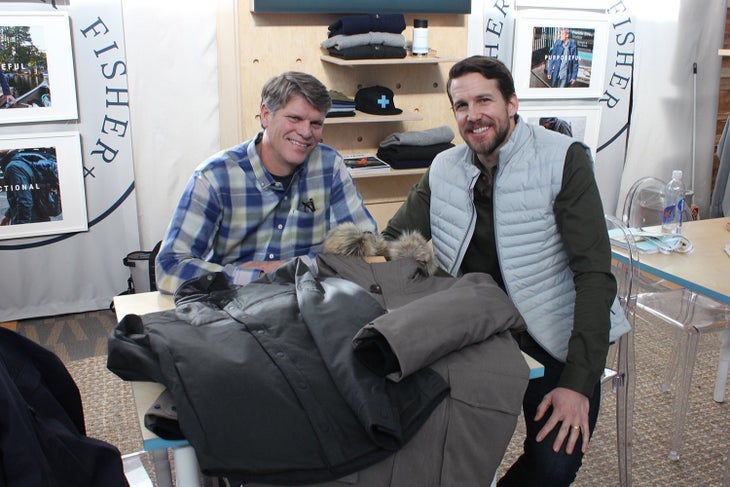
Fisher + Baker / urban menswear built for outdoor moments
When Greg Horvitz lived in mountain towns, he favored function over style. He wore Gore-Tex to VailтАЩs bars; rocked flannel and Carhartts at a Maine office. Then Horvitz moved to Minneapolis. There, he needed sophisticated layers that worked for his daily bike commute. As the industrial designer refined prototypes, he connected with outdoor industry vet Mike Arbeiter. In 2016, they launched Fisher + Baker, a menswear apparel brand that combines classic silhouettes, technical fabrics, and functional tailoring. Consider the Birmingham CPO jacket: SchoellerтАЩs c_change membrane blocks wind and rain, synthetic insulation adds warmth, and underarm zips provide ventilation. тАЬEven in a city, I find little outdoor moments every day,тАЭ said Horvitz. тАЬI wanted confidence in the elementsтАФand style.тАЭ
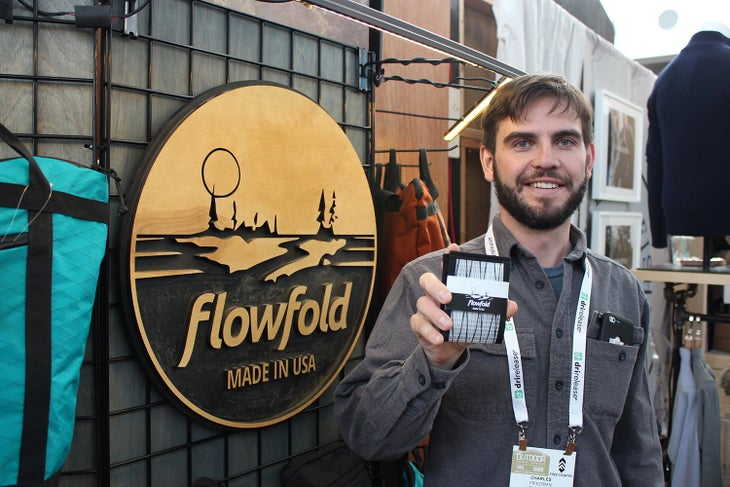
Flowfold / upcycled sailcloth becomes durable gear-haulers
In 2005, Charley Friedman learned to sew sails on the Maine coast at his high school summer job. Then he used mylar and carbon fiber scraps from racing sails to make indestructible, featherlight wallets. Friedman kept stitching as he studied civil engineering. After graduation, he decided to build Flowfold around transforming pre-consumer waste into minimalist, hard-wearing wallets, bags, packs, and duffels. тАЬI wanted to figure out how to make money and give back,тАЭ said Friedman. тАЬThe outdoor industry is faster paced than designing roads or building chemical plants.тАЭ His company works with fellow Maine brands: Sterling Rope offcuts become dog leashes; L.L.Bean carries exclusive product. And every Flowfold product is made in the USA.
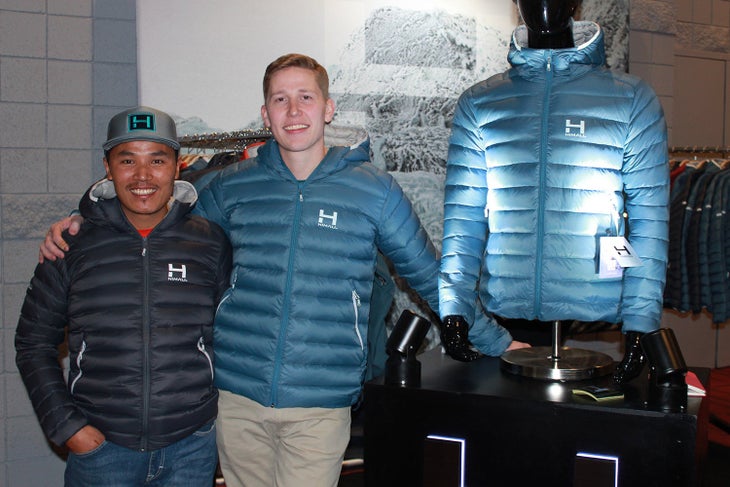
Himali / high-altitude outerwear by seasoned mountaineers
Tendi Sherpa first met Dave Schaeffer in 2014, at base camp in the Argentinian Andes below AconcaguaтАЩs 22,281-foot summit. A year later, the mountaineers launched Himali, an apparel brand dedicated to building layers for brutal high-altitude environments. Tendi, a Nepali IFMGA-certified guide whoтАЩs summited Everest 11 times, brings two decades of experience on 8,000-meter peaks to the design process. Dave is a former REI staffer with a mountaineering habit and a business degree. After a trio of Kickstarters, the duo arrived at OR + SS 2018 with three styles for men and women: an 800-fill, 9.8-ounce down jacket; a waterproof/breathable hardshell; and a stretchy, windproof softshell. Think technical, elegant layers, built to perform from base camp to summitтАФwith proceeds supporting Himalayan schools and clean water initiatives.╠¤
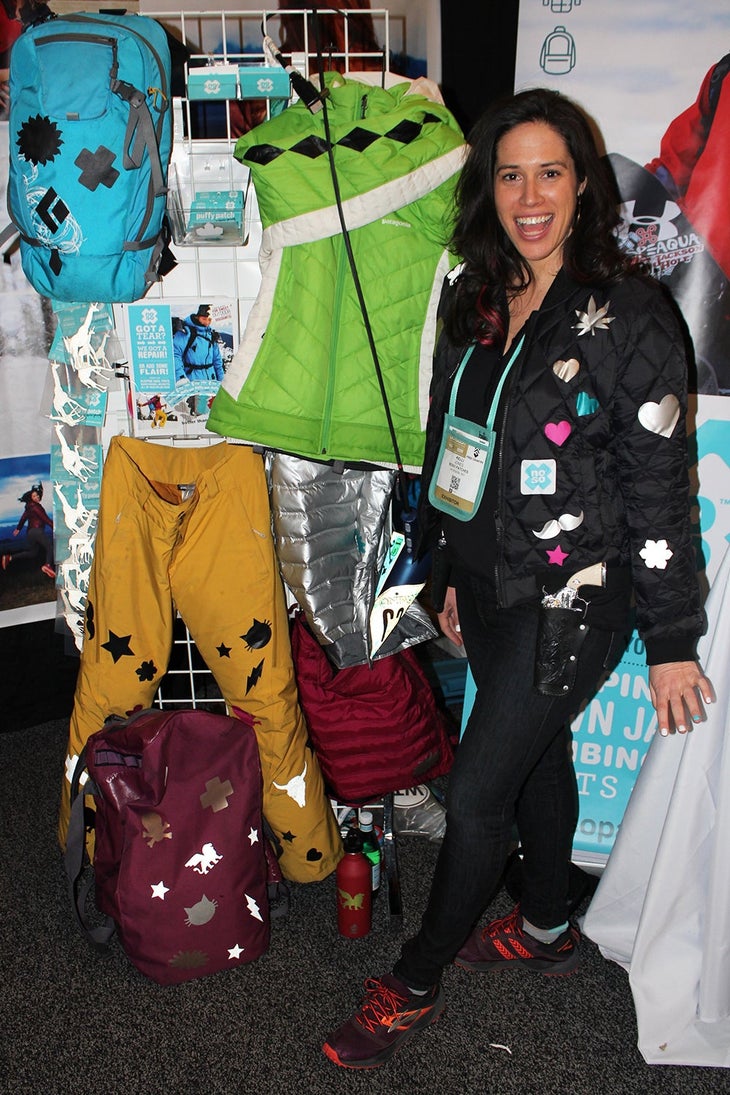
NoSo Patches / DIY gear repair gets better
Kelli Jones has skied WyomingтАЩs Jackson Hole for 16 years, where the rugged Tetons shred her outerwear. тАЬBut IтАЩm not putting duct tape on my $400 puffy jacket,тАЭ she said. Instead, the accountant spent nights in her garage with an X-acto knife, fabric swatches, and assorted glues to design a patch that wouldnтАЩt fray or gum up. Next, she handed out samples in JacksonтАЩs tram line and raised $15,000 in a 2017 Indiegogo campaign. Today, NoSo Patches offers patch kits ($4.99тАУ$14.99) that pairs a top-secret adhesive with ripstop nylon for foolproof gear repair. Simply open the package, peel off backing, press over a tear, seal with heat. Third-party testing shows JonesтАЩs product lasts for 50 laundry cycles.
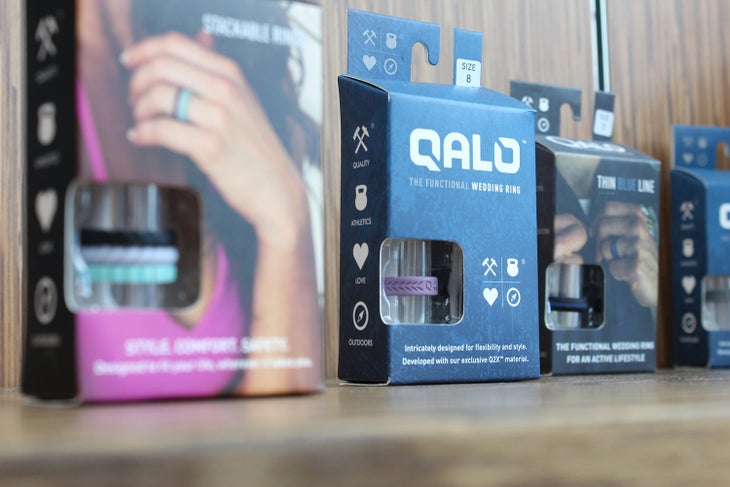
QALO / put an outdoor-proof ring on it
The perfect accessory for your technical flannel? A medical-grade silicone wedding ring. ThatтАЩs the basic premise behind Qalo (say it: kay-lo), a California outfit launched in 2012 by Ted Baker and KC Holiday. The friends had each recently married, but metal rings didnтАЩt suit their active lifestyles. They bet rock climbers wary of avulsion injuries felt the same. Ditto ski patrollers, guides, gym users, or anyone whose daily grind destroys gemstones. тАЬWhat drives me is people, not what itтАЩs made of,тАЭ said Baker. Worried silicone will succumb to chain grease or scorching desert? Try Q2X, a non-conductive polymer that resists chemicals and tolerates high temperatures. From $20.
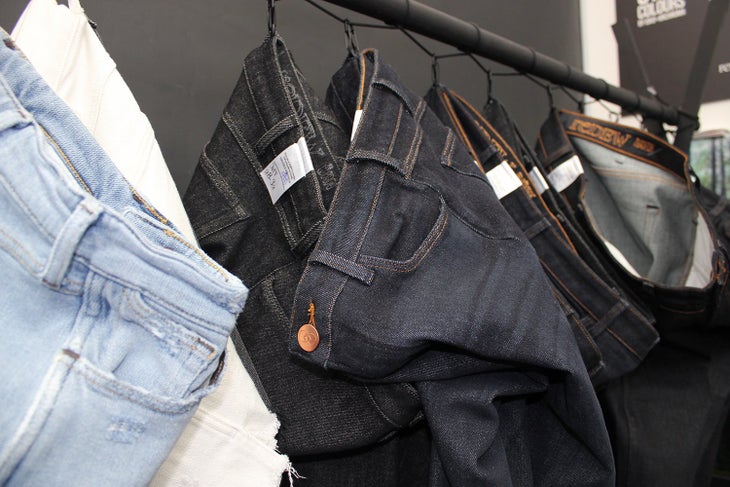
reDEW / a new kind of denim
Peter Lantz knows that denim is a dirty business. ItтАЩs also a massive business тАФglobal denim sales top $50 billion each year. He saw this firsthand at H&M and VF, parent corporation to Lee and Wrangler. When he and Anders Haglund teamed up, they decided to make jeans that last, so consumers buy less. тАЬWe want our base in the outdoors, where people actually care about the environment and the durability and lifecycle of the products they buy,тАЭ said Lantz. In reDEWтАЩs Core Collection (from $150), organic cotton blends with recycled polyester for a durable fabric with 360-degree stretch. The manufacturing process trims water and chemical use by 80 percent and cuts energy draw in half compared to standard practices. Coming soon: reDEW ditches cotton. This summer, reDEW will debut jorts cut from Zero Cotton Fabric, a blend of aspen, pine, and birch fibers from ISKO, a Turkish textile manufacturer that dominates global denim.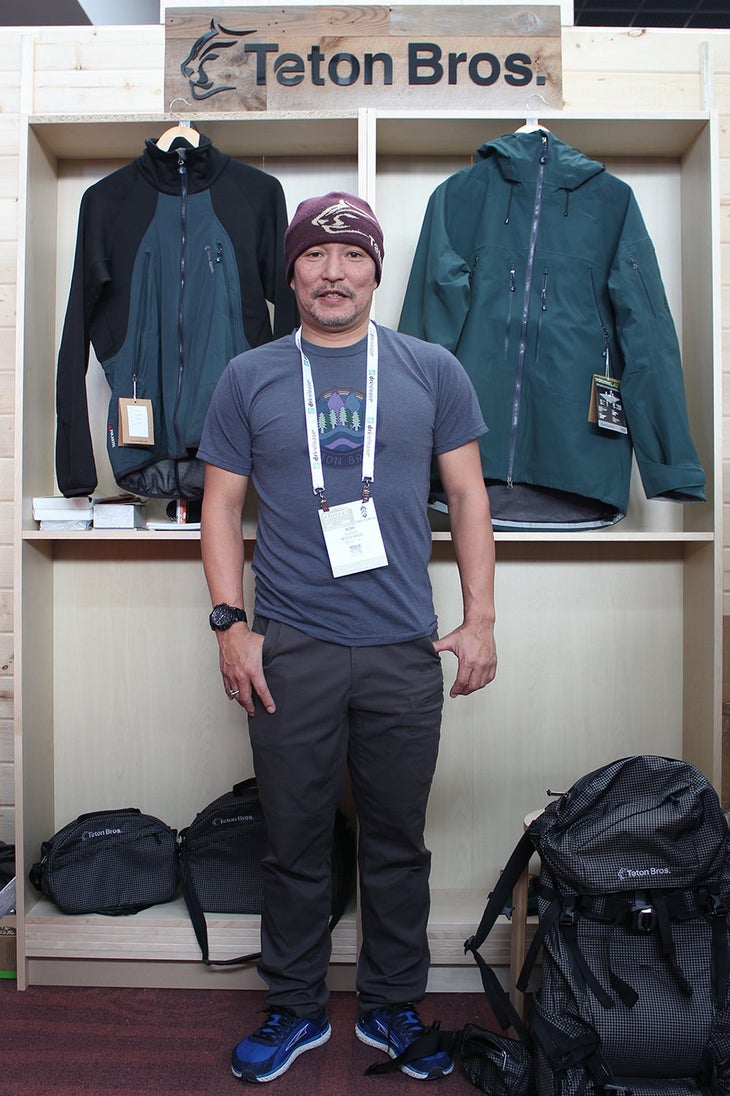
Teton Bros╠¤/ apparel for the skin track and the white room
Teton Bros designs herald a new generation of technical apparel in a highly competitive field. But weтАЩre not talking urban cardio. Founders Nori and Junko Suzuki make backcountry-specific apparel. Nori, once a Spyder distributor in Japan, drew on ski days at home and in the American West to build тАЬfunctional beautyтАЭ into technical garments. That means off-center neck zips to prevent frostbite. Pit zips positioned on the chest for better air flow. And detachable bibs with an offset waist zip that delivers versatility minus cold spots. Plus, Polartec NeoShell, Alpha insulation, and Power Wool, for breathable yet protective layers throughout. Established a decade back in Japan, Teton Bros arrived stateside in 2015.
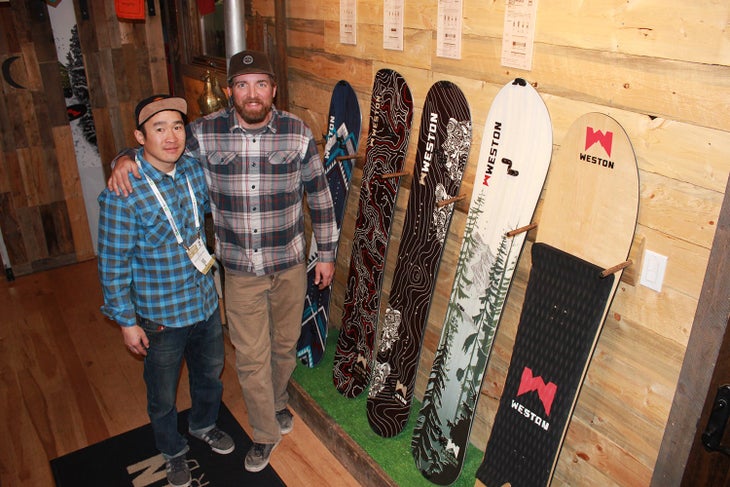
Weston Snowboards / backcountry-inspired snowboards
Powder. ThatтАЩs the first obsession snowboarders Leo Tsuo and Mason Davey shared. And the reason both worked in the Weston Snowboards shop in Minturn, Colorado. When the founder decided to sell in 2016, Tsuo and Davey purchased Weston and partnered up on a second obsession: backcountry-inspired snowboards. тАЬAdvanced riders arenтАЩt getting enough at resorts,тАЭ said Tsuo. тАЬThereтАЩs still stoke to be built.тАЭ They replaced the storefront with a mobile showroom. And engineered a 2018/19 splitboard line with hole-less basesтАФmeaning smooth bases without visible hardware, a standard feature among top brandsтАФfor better glide and durability. Coming in 2019/20: a swallowtail split with weighted tails for user-friendly kick turns.
